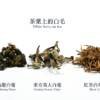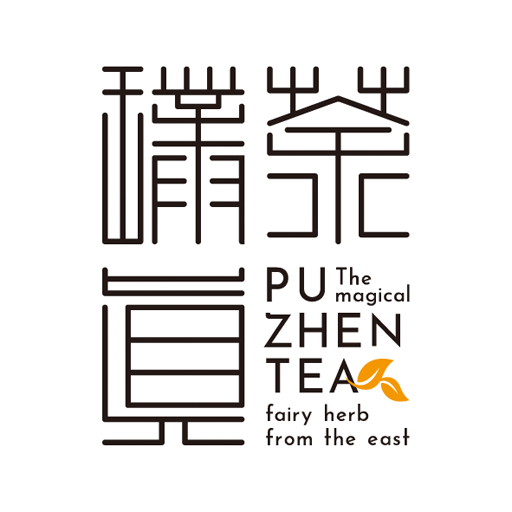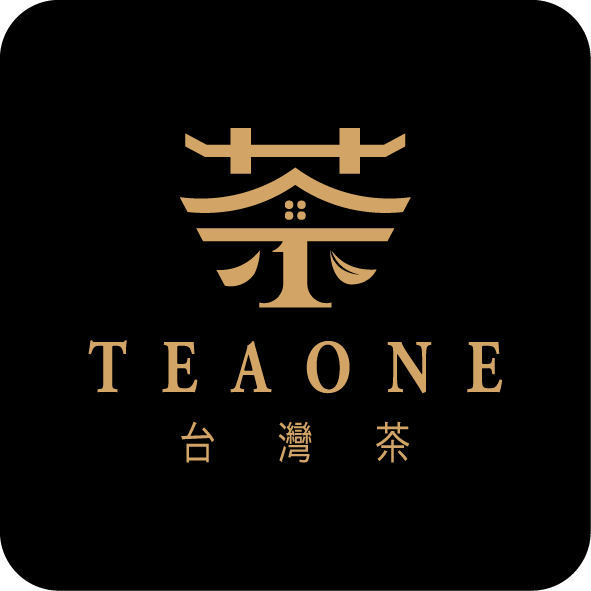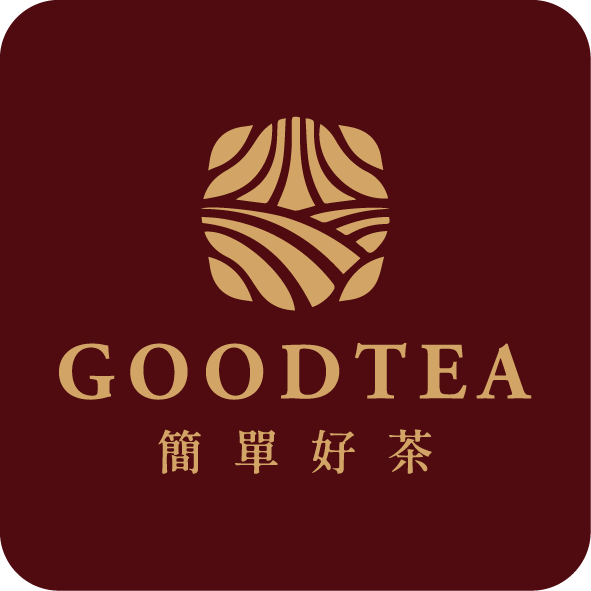“清茶” and “青茶,” from their literal meanings, evoke a sense of fragrance and refreshing coolness associated with certain types of tea. However, these terms have specific meanings that differentiate them from the more commonly heard green tea and oolong tea.
Tea names can be based on taste, variety, and production method:
Taste: Fragrant, sweet, or rich aroma.
Variety: Green Heart Oolong, Four Seasons Spring, Jin Xuan.
Production Method: Green tea, oolong tea, black tea.
Tea fermentation is an oxidation process that transforms tea from green tea to oolong tea, and finally to black tea, much like how a persimmon changes from green to deep orange. This natural process does not require the addition of yeast or other fungi. During the tea-making process, the tea leaves generate heat due to oxidation, which visually resembles the “fermentation” of bread. Hence, tea “oxidation” is also referred to as tea “fermentation.”
So, what exactly are “清茶” (Qing Cha) and “青茶” (Qing Cha)?
Qing Cha refers to fragrant oolong tea, not green tea. True green tea has aromas reminiscent of mung beans or seaweed.
Qing Cha, in this context, is also a term for oolong tea. It originates from the Chinese classification of the six tea types: green tea, white tea, oolong tea (青茶), yellow tea, black tea (红茶, literally “red tea” in Chinese, but referred to as “black tea” in the West), and dark tea (黑茶).
Tea names are quite diverse and often evolve with market demand. Remembering the color transformation process similar to that of a persimmon turning from green to deep orange can help you understand the category of tea you`re enjoying:
Green: Green tea.
Green-yellow, yellow, deep yellow, brown: Oolong tea.
Red, dark red: Black tea.
This metaphor for the oxidation process of tea leaves provides a straightforward way to categorize and understand the differences between various types of tea.







Leave a reply